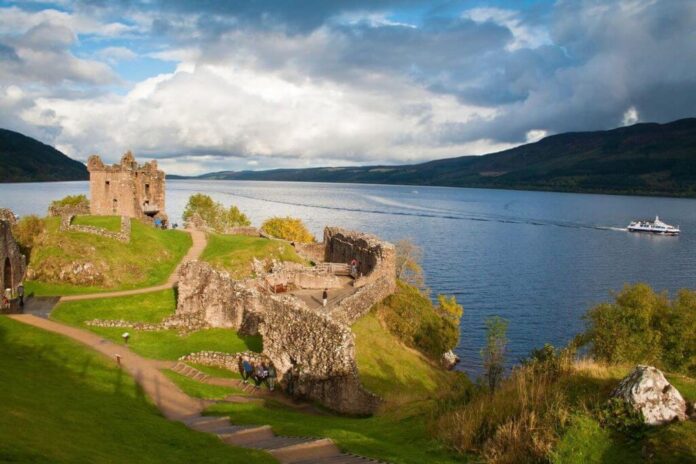Good ol’ Loch Ness, the most well-known loch in Scotland, is one of the country’s most iconic locations, drawing a large number of people. We’re discovering fascinating information about Loch Ness today!
1. Loch Ness’s Huge 263 Billion Cubic Foot Water Reserve
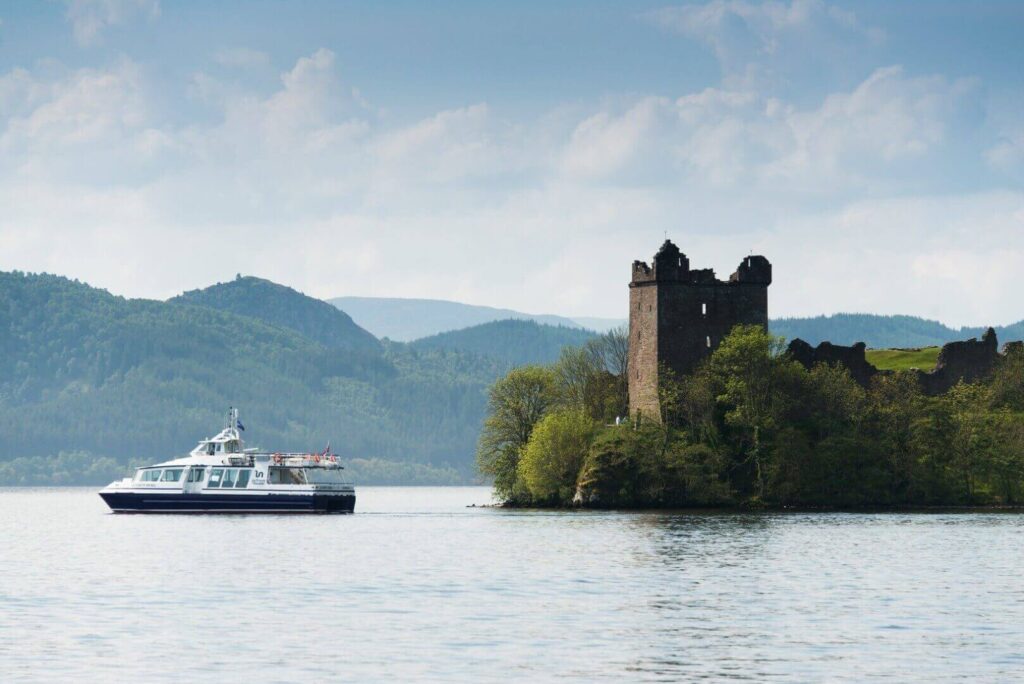
You probably haven’t ever measured anything in cubic feet, therefore that statistic probably means nothing to you at all. So let me phrase it differently… Loch Ness would still have more water even if you combined all the water from all the lakes, rivers, and reservoirs in England and Wales.
2. Inside of That, Everyone on Earth Could Fit (way More Than Once)
Another approach to describe the loch’s obscenely large size is as follows. If you took the whole human population, you could fit them all inside the loch’s volume over ten times. Yes, 77 billion people could fit into the space left behind if Loch Ness were to be hollowed out.
3. Despite being enormous, Loch Ness is not Scotland’s largest loch
Yes, Loch Ness is Scotland’s largest loch by far. However, it falls short of taking the top rank in terms of surface area.
Instead, Lake Lomond, another of the country’s most visited tourist destinations, deserves the distinction. Located around 125 miles (200 km) south of Loch Ness, it’s great for swimming, fishing, canoeing, kayaking, and lots of other fun activities.
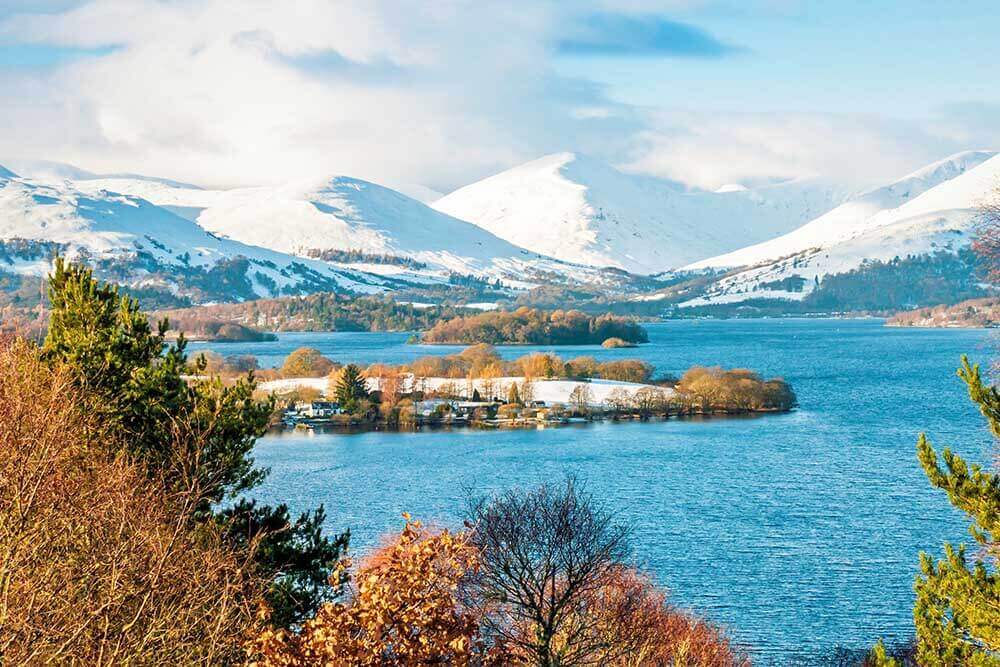
Loch Ness measures 22.5 miles (36.3 kilometers) in length, has a maximum width of 1.67 miles, and has a surface area of 21.7 square miles (56.4 square kilometers) (2.7km). While Lake Lomond has a length of 24.2 miles (39 km), a maximum width of 5 miles, and a surface area of 27.4 square miles (71 square kilometers) (8km).
4. Loch Ness never gets frozen!
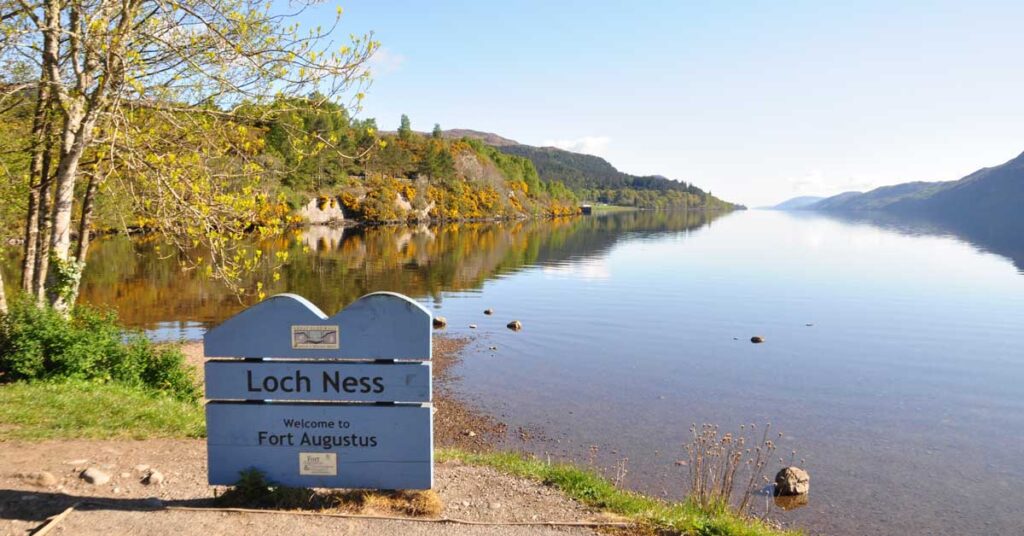
Loch Ness never freezes because it is so large and so full of water. The location’s extreme depth prevents the water from freezing in some mysterious scientific manner that I neither understand nor possess the intelligence to explain.
However, Loch Ness’ year-round average temperature hovers at 5.5°C (42°F) with little variation. So, it’s not a wonderful location for a summertime warm dip.
5. As you have probably already guessed, Loch Ness is quite deep
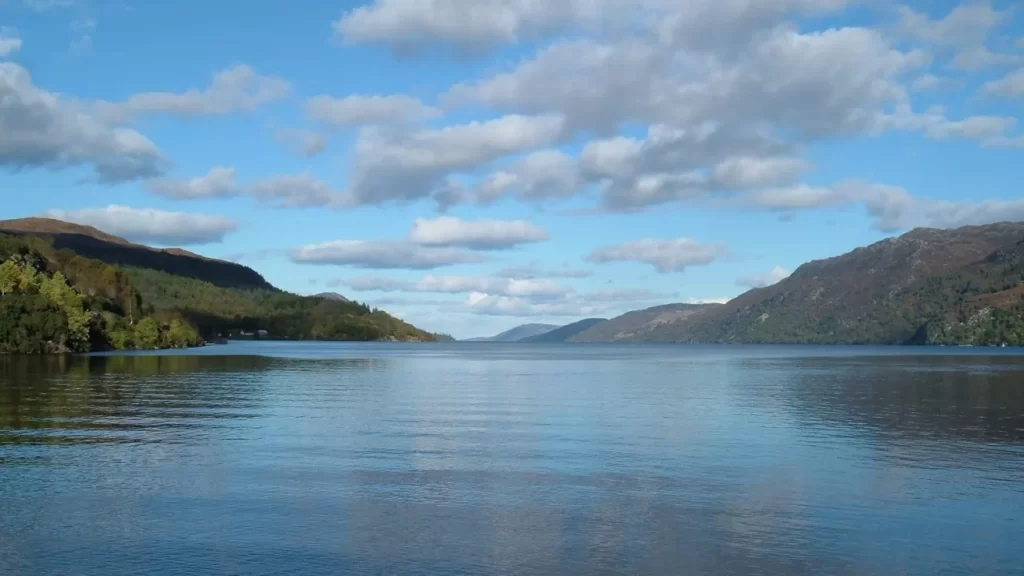
Loch Ness waters dip to 230 meters at its lowest point (755 feet). This places it behind Loch Morar, one of Scotland’s lesser-known lochs with a maximum depth of 310 meters (1,015 feet), as the second-deepest Loch in the country.
To put that in perspective, the average depth of the North Sea is only about 90 meters (295 feet).
6. An Island Is Found in Lake Ness
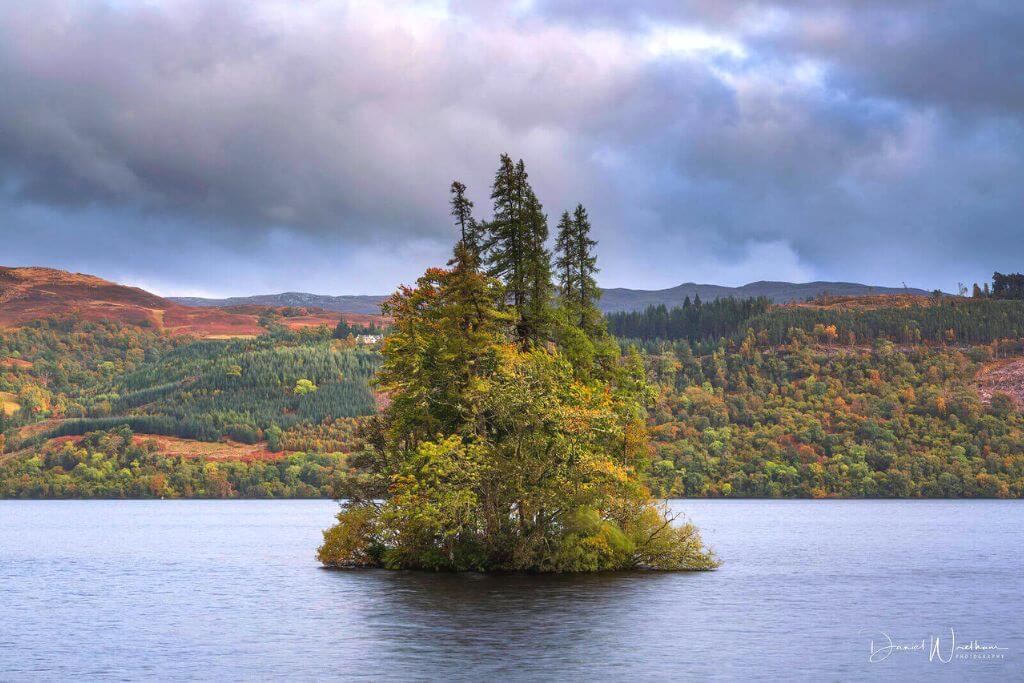
It is a man-made island with the name Cherry, and its original dimensions were around 49 meters (160 feet) by 51 meters (168 feet). It was most likely built during the Iron Age, and right now it only resembles a large tree.
7. And a Castle
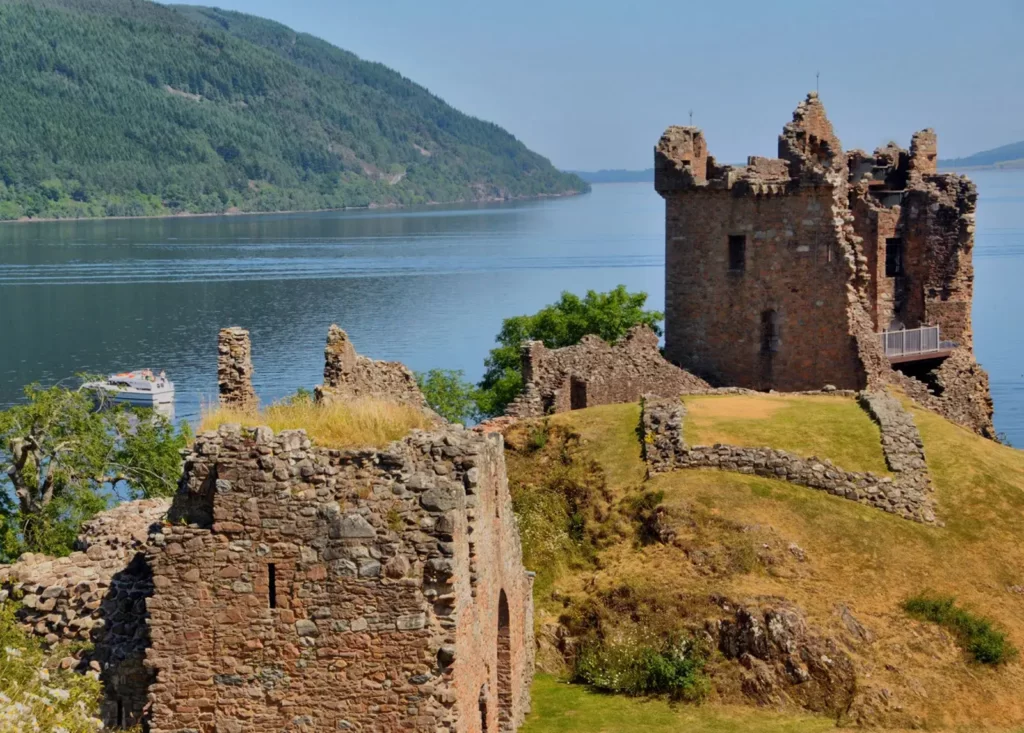
One of the most well-liked attractions near Lake Ness is Urquhart Castle. One of the most popular photo locations in the country, it is now a huge ol’ ruin but it’s still a really scenic big ol’ ruin.
It was formerly one of the biggest castles in the country and has witnessed many important historical battles, banquets, raids, and other occasions. There is a line of people waiting in front of the attraction every day to visit and take tours.
It’s one of Scotland’s (a country with many castles!) greatest castles. So be sure to stop by the location.
8. There is a Huge Strange Dinosaur Fish Thing Said to Live There
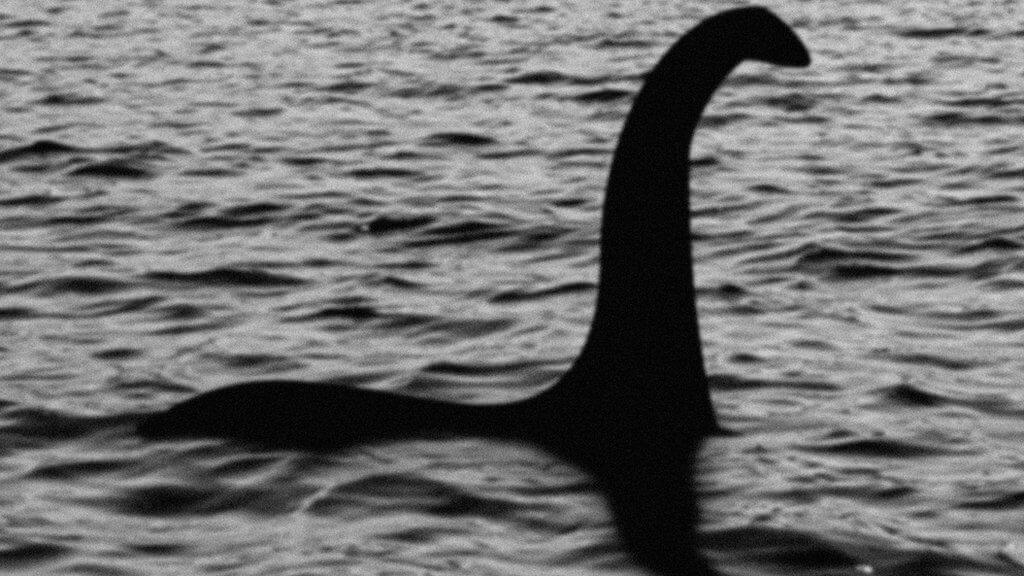
Some people believe that the Loch Ness Monster resides in Loch Ness, as you are surely already aware. A dragon, perhaps? a sea snake? A dinosaur monster? entirely fictitious? Decide for yourself!
Further “footage” of the beast surfaced in April 2022, and it was hailed as “the best footage in decades.” It’s fairly uninteresting, which (in my opinion) tells you everything you need to know about the existence of this large beast, according to the legend.
9. According to legend, a monk discovered this enormous weird fish dinosaur thing for the first time in AD565.
When the ferocious beast purportedly bit a swimmer in the distant year AD565, good ol’ St. Columba intervened and told the creature to flee quickly. And that’s exactly what happened, either because the monk was very assertive, the monster was afraid of God, or the entire narrative was made up.
10. The Water is Dark
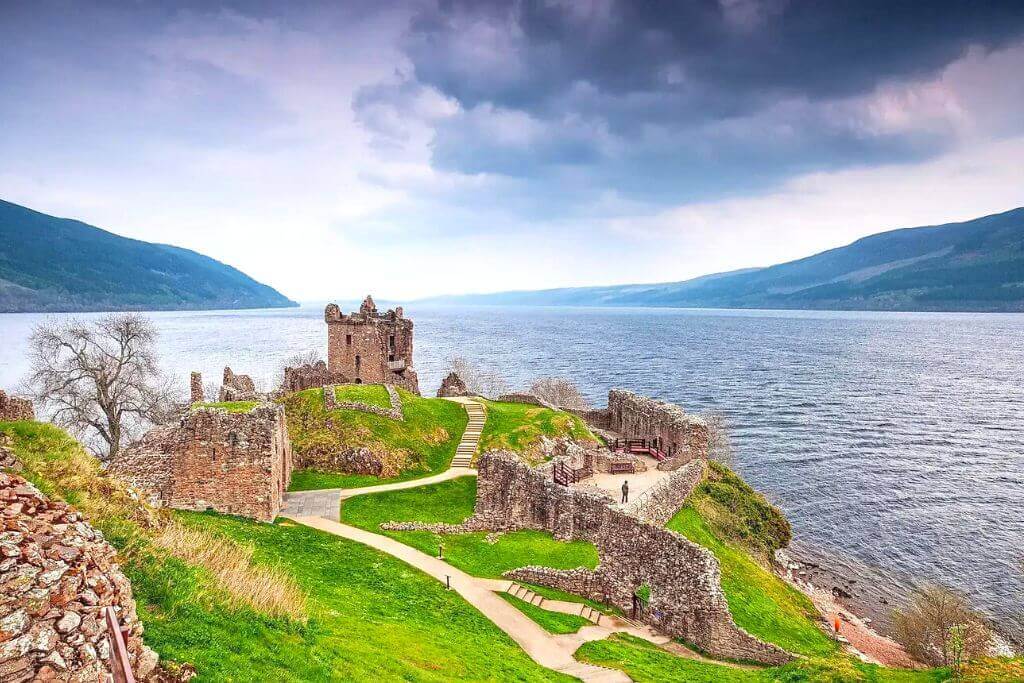
The peatiness of Loch Ness’ water is a result of the peatiness of the surrounding hills. Rain falls on the hills; it cascades down their peaty sides; and the peaty water eventually finds its way into Loch Ness.
Because of this, Loch Ness’ water is quite murky and gloomy. So perhaps an elusive creature could indeed take refuge in its depths.
